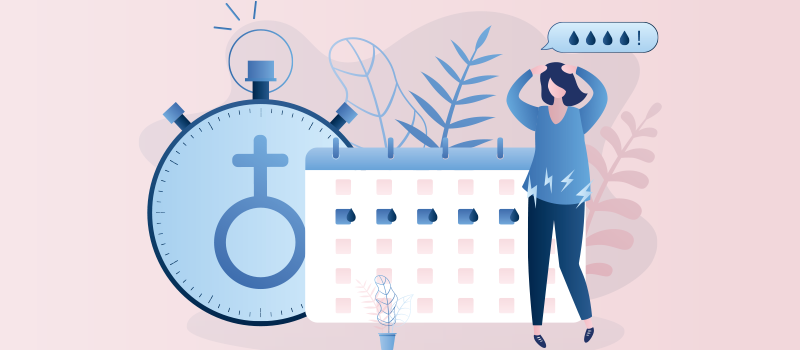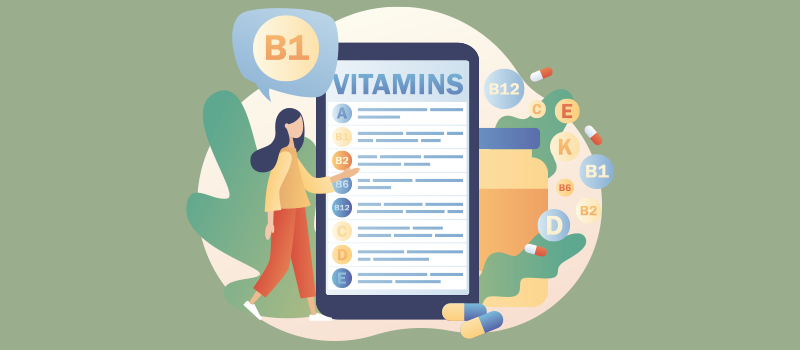IUD Removal: What to Expect

An intrauterine device (IUD) is a T-shaped device that is inserted into a woman’s uterus. It is an effective long-term birth control method and is also called intrauterine contraception.
IUDs can prevent pregnancy for anywhere from 3 to 10 years. They are cost-effective compared to other forms of birth control for many women, especially young women who do not plan to get pregnant anytime soon. However, intrauterine devices eventually need to be removed and/or replaced.
IUD removal is a simple procedure that takes place in a doctor’s office. Please keep reading to find out what to expect if you’re planning on having an intrauterine device removed.
How does an intrauterine device (IUD) work?
Hormonal IUDs such as Mirena release a hormone levonorgestrel that thickens the cervical mucus and stops the sperm from reaching the egg. It also thins the uterine lining to suppress ovulation. A copper IUD such as ParaGard produces an inflammatory reaction in the uterine cavity that is toxic for the eggs and sperm, thus preventing fertilization.
What are some reasons for IUD removal?
Common reasons for the removal of an intrauterine device include:
- Wanting to get pregnant
- Becoming pregnant unintentionally while the IUD is in place
- The IUD reaching its expiration date, as leaving it in place any longer can increase the risk of unwanted pregnancy and pelvic infection. You can have a new IUD inserted immediately after an old one is removed.
- Severe side effects from the IUD, such as migraines, high blood pressure, irregular bleeding, or heavy menstrual bleeding and excessive menstrual blood loss
- Complications such as uterine perforation, pelvic infection, or ectopic pregnancy (implantation of the embryo outside the uterine cavity, for example, in the fallopian tubes)
- Other health complications such as sexually transmitted infections, pelvic inflammatory disease, endometriosis, or cervical cancer
- Malpositioned, misplaced, or partially embedded IUD in the uterine wall, which can result in an increased risk of unintended pregnancy
When is the best time to remove an IUD?
An intrauterine device (IUD) can be removed at any time during your menstrual cycle. However, this should always be done by a trained health provider in a doctor’s office. Never try to remove an IUD yourself or have your partner try to do so. The IUD arms may not slide out easily, leading to serious complications such as infection and uterine perforation. Health providers use special instruments such as ring forceps to remove the IUD safely.
How painful is getting an IUD removed?
IUD removal is generally less painful than IUD insertion for most women. Severe pain and heavy bleeding are uncommon.
Here’s what will happen when you have your intrauterine device removed.
- You will lie on your back on an examination table with your feet in stirrups.
- Your healthcare professional will insert a speculum to separate the vaginal wall and keep the vagina open. This helps them locate the intrauterine device.
- They will then use forceps to gently grasp and pull on the IUD strings. The arms of the IUD will fold upward as it slides out of your vaginal cavity.
- At the end of the procedure, your doctor will remove the speculum from the cervix.
The entire removal process only takes a few minutes, and it is a quick procedure. You can leave the clinic immediately afterward, drive yourself home, and return to work and normal activities right away.
Note: In some cases, IUD removal can take longer, for example, if you have a retained intrauterine device that cannot be easily removed during an office visit. Ultrasound guidance may be necessary to localize and remove the IUD. Rarely, the removal of an IUD needs to be done in the operating room using a long, thin telescope-like instrument called a hysteroscope which has a camera at its tip.
What to expect after you have an IUD removed?
You may experience some light bleeding and slight cramping after IUD removal. If you feel cramping or pain, it may help to take an over-the-counter pain medication. Other side effects of IUD removal may include dizziness or feeling faint. Tell your doctor if this happens.
Make sure you keep your follow-up appointment if your doctor asks you to return to the clinic for a checkup.
Call your doctor without delay if you develop the following symptoms after IUD removal:
Severe pain or cramping that is not relieved by over-the-counter pain medication, fever over 101F, heavy menstrual bleeding, foul-smelling vaginal discharge, or pain during sex.
How soon after IUD removal can you get pregnant?
Fertility returns immediately after IUD removal. Meaning you can become pregnant as soon as the intrauterine device is removed. Therefore, if you are having an IUD removed but do not wish to become pregnant, you will need to use other methods of birth control to prevent pregnancy.
Does your body change after IUD removal?
Your body does not change after IUD removal. However, it may take up to 3 months for your menstrual cycle to become regular. If you had side effects from an intrauterine device, they should go away after IUD removal.
References:
- https://www.nhs.uk/conditions/contraception/iud-coil/#
- https://www.mayoclinic.org/tests-procedures/mirena/about/pac-20391354
- https://www.mayoclinic.org/tests-procedures/paragard/about/pac-20391270#
- https://www.mirena-us.com/mirena-birth-control/mirena-removal
- https://www.sciencedirect.com/science/article/abs/pii/S001078241500075X#












SOCIAL